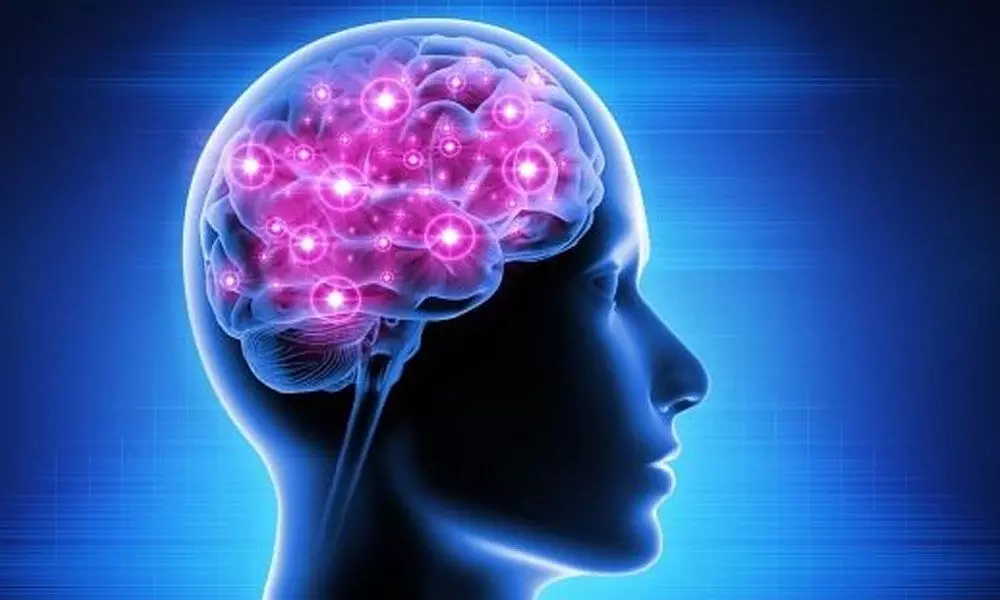Astronaut's brains get rewired to adapt to space missions: Study

Astronaut’s brains get rewired to adapt to space missions: Study
The brains of astronauts get "rewired," and both fluid shifts and shape changes occur after long-duration spaceflight, according to a study.
The brains of astronauts get "rewired," and both fluid shifts and shape changes occur after long-duration spaceflight, according to a study.
The changes can also last for months, after returning to Earth, said researchers.
The study published in Frontiers in Neural Circuits showed significant microstructural changes in several white matter tracts such as the sensorimotor tracts.
White matter is the channel of communication of the brain and gray matter is where information processing is done.
The researchers found proof of the concept of 'the learned brain'; in other words, the level of neuroplasticity the brain has to adapt to spaceflight.
"We found changes in the neural connections between several motor areas of the brain," said Andrei Doroshin, from Drexel University in the US. "Motor areas are brain centres where commands for movements are initiated. In weightlessness, an astronaut needs to adapt his or her movement strategies drastically, compared to Earth. Our study shows that their brain is rewired, so to speak," the researcher added.
To study brain structure and function after spaceflight, the researchers used a brain imaging technique called fiber tractography.
The team acquired diffusion MRI (dMRI) scans of 12 male cosmonauts (a Russian astronaut) before and right after their spaceflights.
They also collected eight follow-up scans, seven months after spaceflight. The cosmonauts all engaged in long-duration missions of an average length of 172 days.
These scans revealed that after seven months of returning to Earth, these changes were still visible.
The authors also found an explanation for anatomical brain shifts observed after spaceflight.
"We initially thought to have detected changes in the corpus callosum, which is the central highway connecting both hemispheres of the brain," explained Dr Floris Wuyts of the University of Antwerp in Belgium.
The corpus callosum borders the brain ventricles, a communicating network of chambers filled with fluid, which expand because of spaceflight.
"The structural changes we initially found in the corpus callosum are actually caused by the dilation of the ventricles that induce anatomical shifts of the adjacent neural tissue," said Wuyts.




















